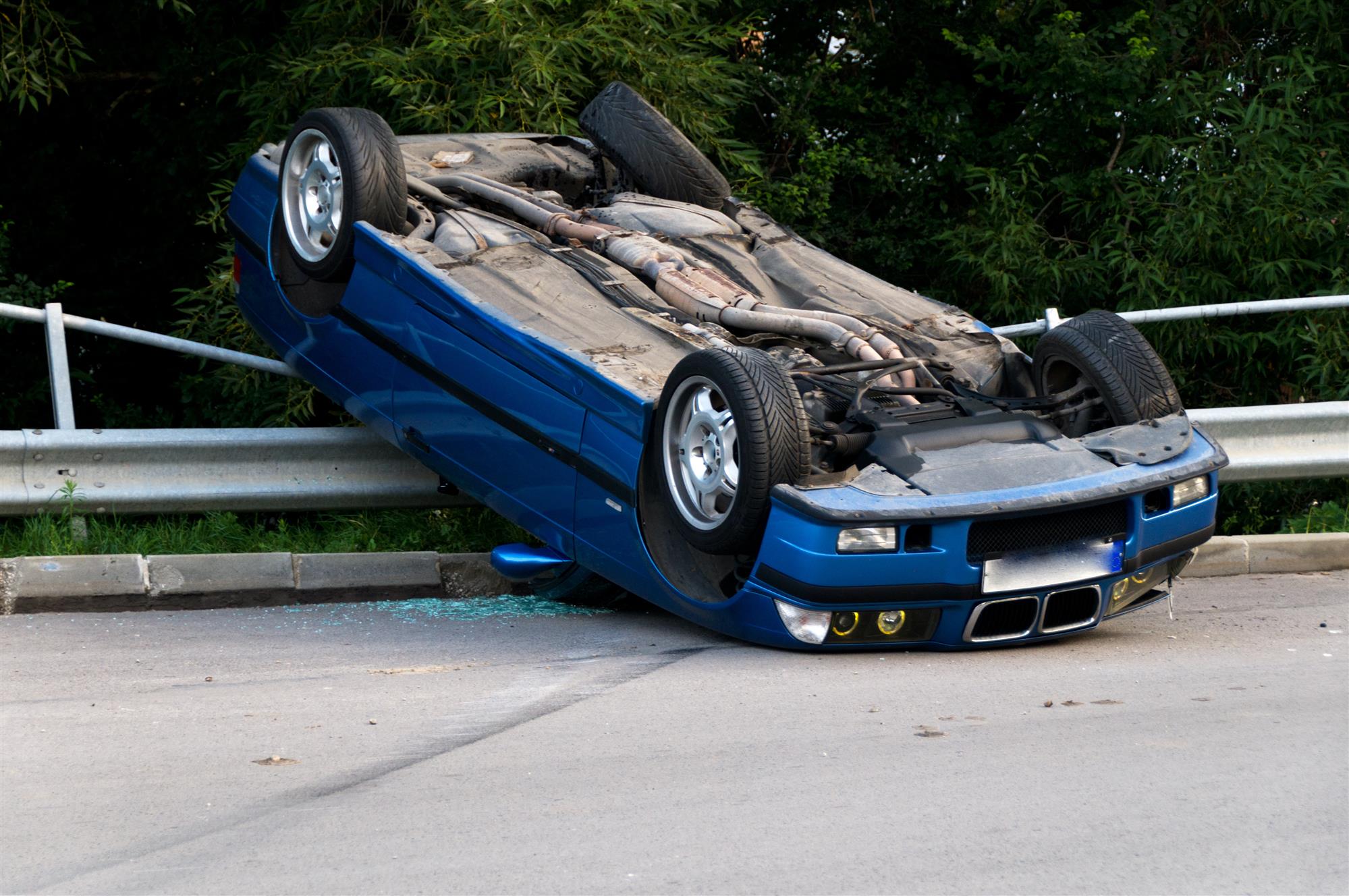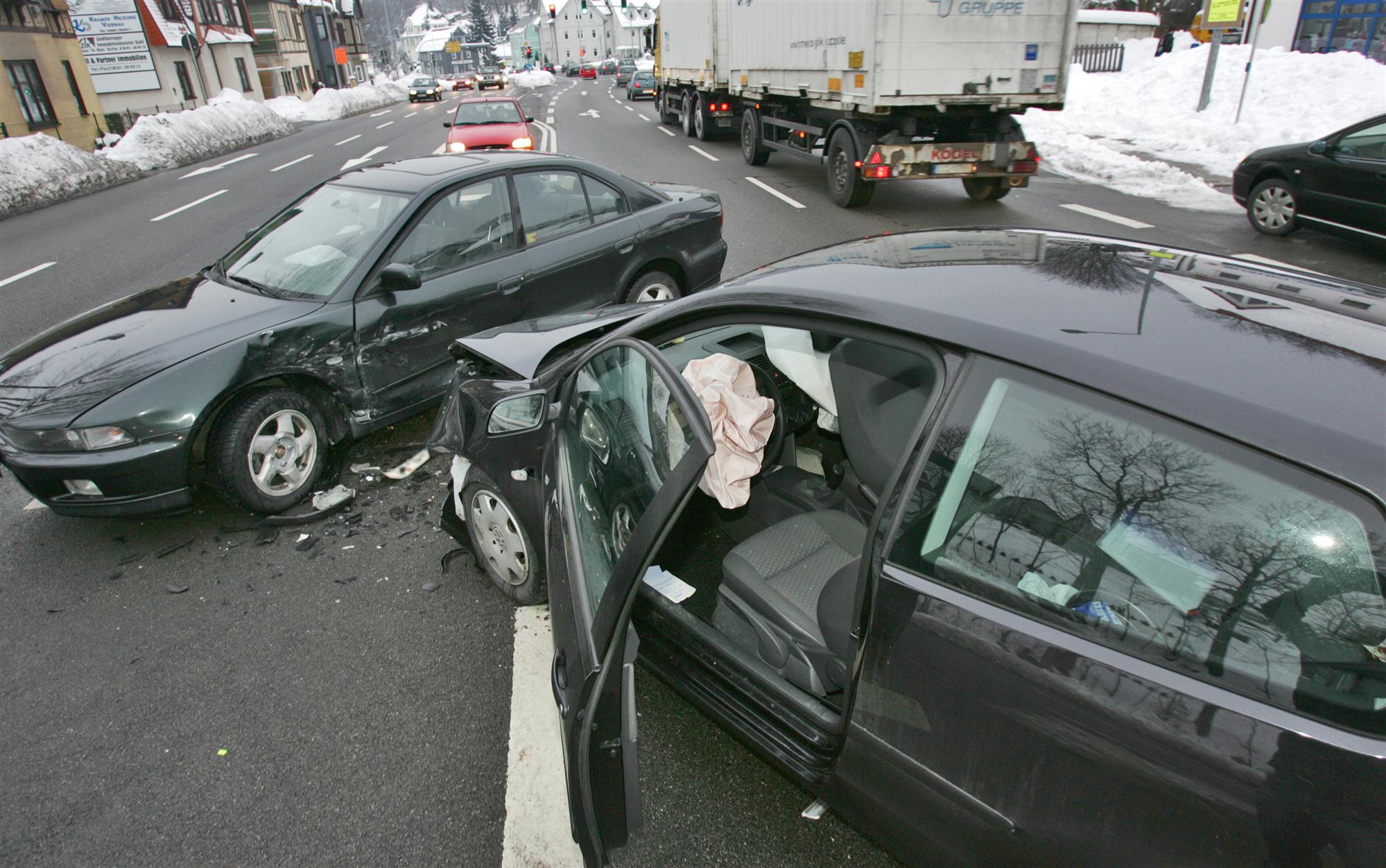When we get behind the wheel of our vehicles, we put faith in the manufacturer that everything will operate correctly. We expect the vehicle to accelerate, brake, and stop correctly. We expect the safety features like airbags, seatbelts, and forward collision prevention to function when required. However, even with our expectations, things do not always function or operate as anticipated and can lead to defective car parts accidents.
On August 28, 2009, the major Toyota recall fiasco started when Mark Saylor, along with three family members, got into a horrible and fatal car crash. Mr. Saylor was driving a loaner Lexus from his Lexus dealership when it all of a sudden it started to accelerate without warning. He was unable to stop the vehicle.
The horrific event took place while one of the passengers was on the phone with a 911 operator. At the time of the accident, the Lexus had reached speeds of 100 mph. The accident took place as the Lexus hit another vehicle, rolled down an embankment, and caught on fire. All four people were killed.
Then, on January 21, 2010, Toyota finally issued a recall of 2.3 million vehicles that had faulty accelerator pedals. Initially, Toyota had issued a recall of 2.1 million vehicles believed to have had faulty floor mats, which was believed to have caused the fatal accident in August.1
According to CBS News, the defective car parts accidents caused by the unintended acceleration on Toyota vehicles was responsible for a least 89 deaths and 57 injuries. From the time the recall was issued by Toyota to mid-May, the NHTSA (National Highway Traffic Safety Administration) received over 6,200 complaints about the defect.2
Another major recall occurred back on August 9, 2000, when Bridgestone/Firestone issued a recall of 6.5 million tires. The recall was issued after the NHTSA had determined the tires had defective treads on the tires.
The treads on the tires would peel off and cause the tires to fail. Most of the tires found to be defective had been installed on Ford Explorer SUVs. When the tires failed, they were causing the SUVs to roll over, resulting in serious injuries and even death for the drivers and passengers. The defective tires were responsible for causing hundreds of accidents and 46 deaths.3
These are just two examples of situations where car parts defects were responsible for serious and fatal personal injuries. Over the years, according to the NHTSA, it has issued recalls for 390 million vehicles, 46 million tires, 66 million pieces of motor vehicle parts and equipment, and 42 million child safety seats.4
How to Look Up Your Vehicle to Find Recalls
After the NHTSA has required a recall to be issued, you can find out any current recalls for your vehicle by searching their database for free. You will need the VIN (Vehicle Identification Number) from your vehicle.
The VIN can be found on the front of the vehicle either in the lower right or lower left side of the front windshield. You may also find your VIN listed on your vehicle’s registration and insurance cards.
After entering your VIN number, it will display all recalls for that particular make and model for the past fifteen years. Please keep in mind, the NHTSA recall database only contains information about vehicle safety recalls.
If the defect in the vehicle is not related to vehicle safety, then the recall may not be listed in the NHTSA database. However, for non-safety-related recalls, you can check with the manufacturer of your vehicle. They will normally publish any voluntary recalls on their website.
Causes for Defective Car Parts Accidents
Causes for defective car parts accidents could be related to one or more of the following systems or components:
- Airbags deployed unexpectedly without notice.
- Airbags failed to deploy during an accident when they should have.
- Seatbelts failed to lock into place during a crash.
- Seatbelts unbuckled during a crash.
- Airbags deployed with excessive force or speed, causing further injuries.
- The vehicle’s rollover crash protection failed to work and caused the roof to collapse.
- The vehicle catches on fire due to electrical issues or faulty fuel system issues.
- The vehicle accelerates unexpectedly and causes loss of control.
- The brakes fail and do not engage when pressed.
- The tires have some form of failure.
- The vehicle’s steering stops working and causes a loss of control.
With so many advances in vehicle technologies, there are other potential vehicle defects that may not be listed here.
How to Prove Defective Car Parts Caused an Accident
Long before a major recall is issued by the auto manufacturer or the NHTSA, there are specific things you can do to help prove your accident was caused by defective car parts. First, you will want to call a car accident lawyer that has experience in defective car parts lawsuits. Your lawyer will be able to guide you on what you need to do to determine the car parts were defective and the reason for the accident.
Part of this process will require you to gather all maintenance and service records for the vehicle. This will help demonstrate that all of your vehicle’s maintenance was current and there were no known issues that should have caused the accident. Your lawyer will also want to have your vehicle thoroughly examined by a licensed and certified mechanic.
The mechanic will review all of the vehicle’s systems, including safety features, to determine if there was a defect. It is a good idea to choose a mechanic who will remain objective. Your lawyer’s office may already have one they use for these types of cases and can provide you with a referral. Once your vehicle has been inspected, you will know if your accident was caused by a defect in the vehicle’s systems or by specific car parts and components.
Next, you will want to report the problem to the NHTSA. The NHTSA will conduct their own independent investigation into the matter. Their process is broken down into a series of steps, as follows:
- Screening: During the screening process, the NHTSA reviews complaints to determine if they should open an investigation.
- Analysis: During the analysis phase, the NHTSA further reviews the complaints in greater detail and evaluates if they warrant a detailed investigation. If a claim is denied, the NHTSA publishes its reasons in the Federal Register.
- Investigation: Once a detailed investigation begins, the NHTSA reviews the alleged safety defects. The investigation remains open until the NHTSA notifies the manufacturer they need to issue a recall or the NHTSA cannot identify a safety-related defect.
- Recall Management: The NHTSA monitors new complaints and previously filed complaints that may be related to the recall. They also monitor what steps the manufacturer is taking to remedy the problem and resolve the defect.
What to Do if Your Loved One Was a Victim
When loved ones are seriously injured or killed due to defective car parts accidents, it is difficult to place a monetary value on their lives, yet you are entitled to file a car defect lawsuit against the appropriate parties to provide the compensation you deserve.
Part of the compensation you could receive is for lost current and future earnings your loved ones provided. If they are incapacitated and not able to return to their former jobs or have died, the last thing you want to face is the financial burden of supporting yourselves and your families.
The manufacturer has a responsibility to ensure their products are safe. In Texas, manufacturers are held to this standard by strict product liability laws. This means it is possible to file a defective vehicle lawsuit even if the manufacturer was not negligent.
If a loved one or you believe you are the victim of a defective auto parts accident, please feel free to contact Schechter, McElwee, Shaffer & Harris, L.L.P at 713-574-5089 to speak with one of our auto accident lawyers today! We are available to take your call 24/7!
Sources:

 Over 300 Google 5 Star Reviews
Over 300 Google 5 Star Reviews









Leave a Reply